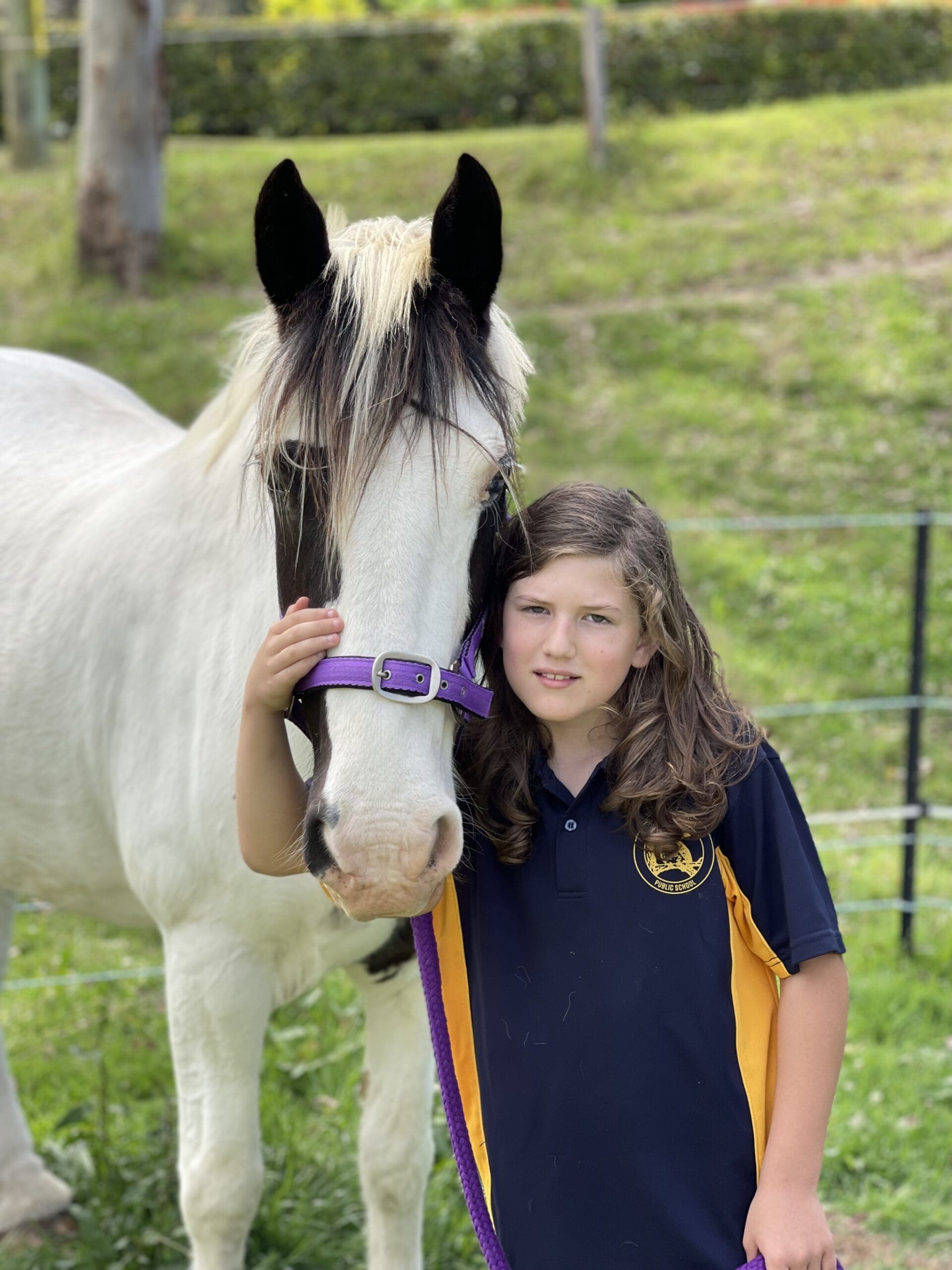Horse (Equine) Therapy Explained: What It Is, Who It’s For & Why It Works

If you’ve ever spent time around horses, you’ll know just how special it feels to be in their presence. Their energy is calm yet intuitive, and the bond you form with these incredible animals is hard to put into words.
That same nature is exactly what makes them such a powerful addition to therapeutic practices like Occupational Therapy, Speech Pathology, and Counseling – something we’re incredibly proud to offer here at Beyond the Paddock.
Equine-Assisted Therapy (also known as horse therapy) might not be something you’ve heard of before, so we’re here to break down exactly what it is, how it works, and who it can benefit.
What Is Equine-Assisted Therapy?
Equine-Assisted Therapy is a type of therapeutic approach, where participants interact with horses throughout their session to improve their emotional, mental or physical wellbeing – depending on their individual needs.
And it’s not just about brushing their manes, or walking alongside them. These equine-assisted therapy sessions involve learning-based or therapeutic activities that become more intuitive and less overwhelming in the presence of a friendly equine face.
Our trained Allied Health professionals including counsellors, occupational therapists and speech pathologists are there to guide every single session, ensuring the connection is fostered to meet each client’s needs.
Why Horses?
Horses are intelligent, strong and incredibly sensitive animals. Humans have relied on and coexisted with horses for centuries, whether it be for transportation, work, as pets or sport, and we’ve seen first-hand how strong and emotionally deep the connections between humans and horses can be.
Given this, horses can be extremely effective when used in a therapeutic sense. Here’s why:
- Their movement helps with motor skills: A horse’s natural rhythm as they walk actually mimics a human’s motion of walking. This makes them super helpful companions for participants looking to develop coordination, confidence in movement and bodily awareness.
- Horses reflect human emotions: Horses are very emotionally intelligent and can actually sense human emotions. Beyond being a great help in developing communication skills, the horse’s ability to pick up on non-verbal cues makes them great in helping encourage emotional regulation, processing trauma, and offering a non-judgemental space for healing, while also providing directly observable feedback to both verbal and non-verbal communication.
- Horses encourage mindfulness: Because horses respond to their environment in real-time, participants who work through sessions with them may find they are more present, able to focus on their emotions and regulate the way in which they respond. Being out in nature with such an incredible animal also helps participants to switch off from the stressors and external stimuli of the real world.
- Horses seek Leadership and Responsibility. Once they trust you, horses respect hierarchy and leadership, whereby working alongside horses through various learning activities can dramatically benefit self confidence and conceptualisation surrounding the formation of trust.
And a few specific ways our horses help participants in the Occupational Therapy setting:
Fine motor skills:
To strengthen fine motor control, the participant uses different grooming tools like brushes and curry combs, adjusting their grip and pressure. Activities like plaiting the mane, using spray bottles, and washing the horse support hand strength, bilateral coordination, and dexterity in a fun, meaningful way.
Breath work for regulation:
To support emotional regulation, the participant practices deep breathing exercises while grooming the horse, matching their breath to slow, rhythmic strokes. This calming activity helps down-regulate the nervous system and prepares the participant for transitions or focused tasks.
Motor planning:
To target motor planning and sequencing, the participant designs and sets up an obstacle course for the horse, deciding the order and placement of items. Leading the horse through the course adds an engaging layer of responsibility and problem-solving.
At Beyond the Paddock we have many incredibly friendly and playful horses who love to join our therapy sessions. Ruby, Elvis, Switch and Justice, to name a few, all have slightly different temperaments and personalities to suit a range of different participants, but all love to be around people and connect with the many participants who come through our gates and onto our property on the NSW Central Coast.
Who Can Benefit from Horse Therapy?
The great thing about Equine-Assisted Therapy is that it’s accessible to everybody, no matter your age, background or therapeutic needs. This type of therapy can be especially helpful for:
- Participants with anxiety, PTSD or trauma
- Neurodivergent individuals
- Children or adults with developmental or motor skill challenges
- Anybody seeking a therapeutic experience that goes beyond the clinical setting
Here at Beyond The Paddock we love sharing the power of equine therapy within a safe, supportive, and beautiful natural setting here on the NSW Central Coast. But that’s just one piece of the puzzle!
We also offer a range of animal-assisted therapies, including dog therapy, farm animal therapy, and even sessions with our friendly rabbit!
We believe therapy should be engaging, supportive, and tailored to you. So, if you’re curious about equine therapy – or any of our other services, get in touch! We’d love to hear from you and help you find the best approach for your needs.
And trust us – our horses are just as excited to meet you as we are!